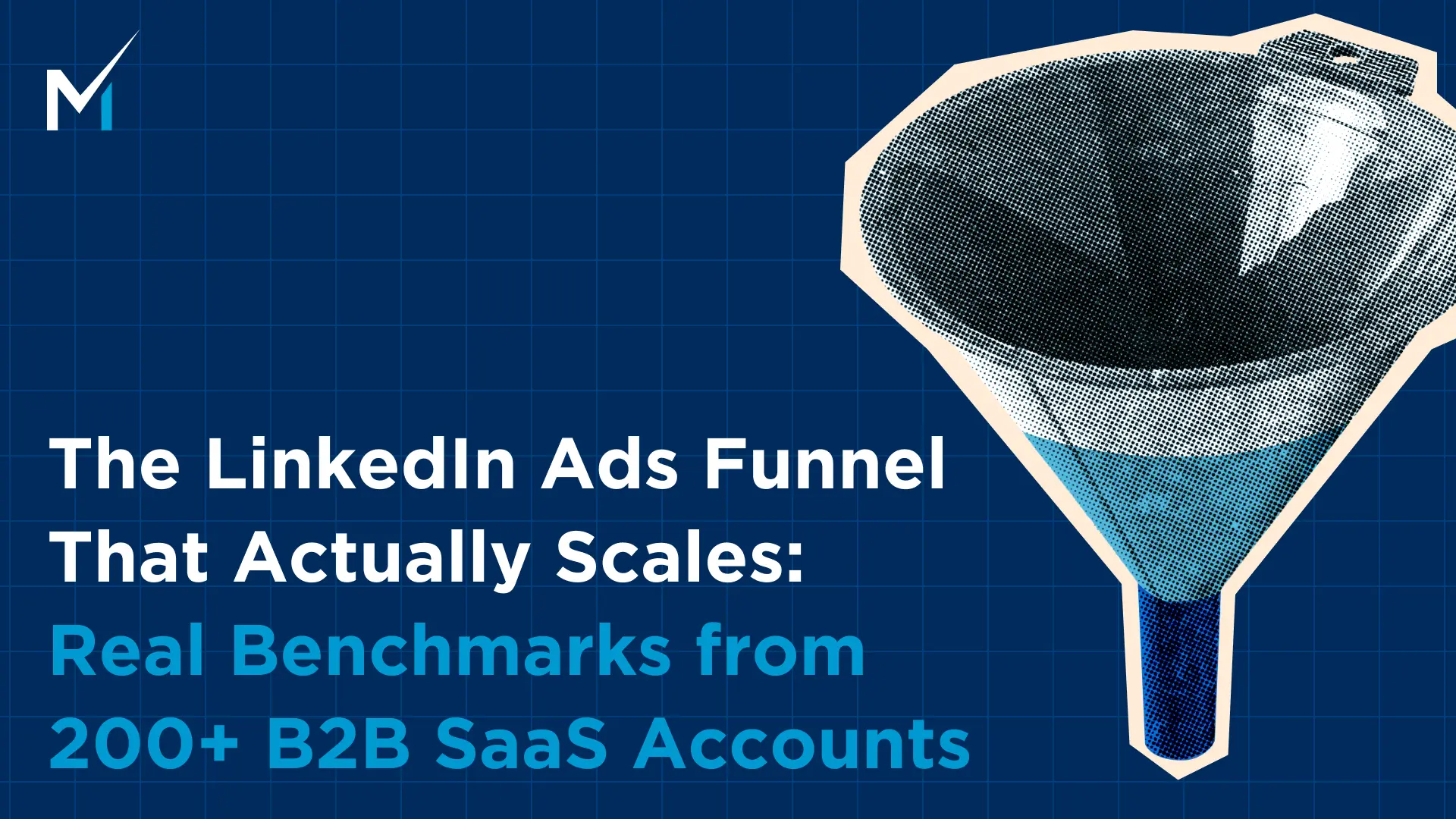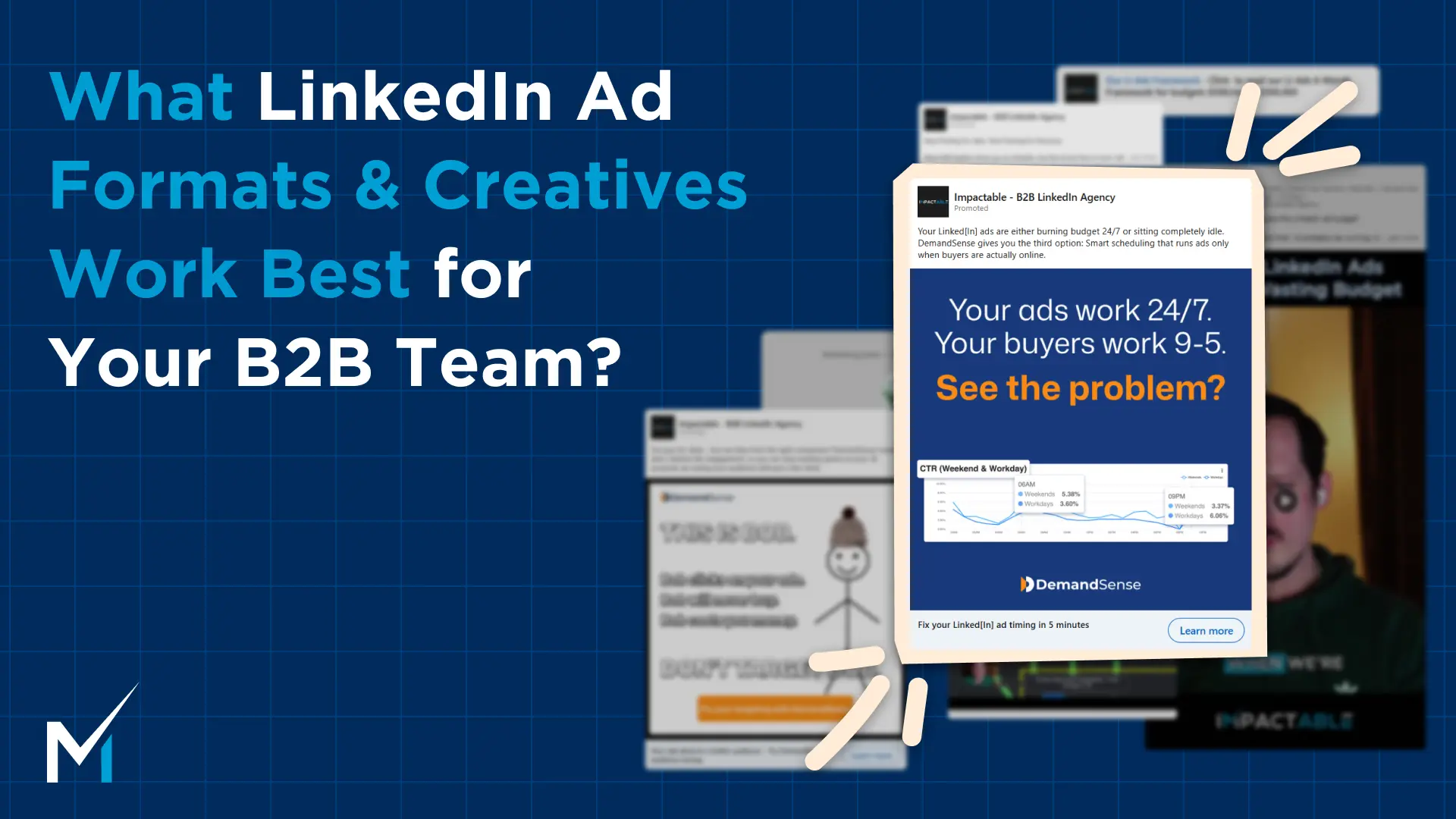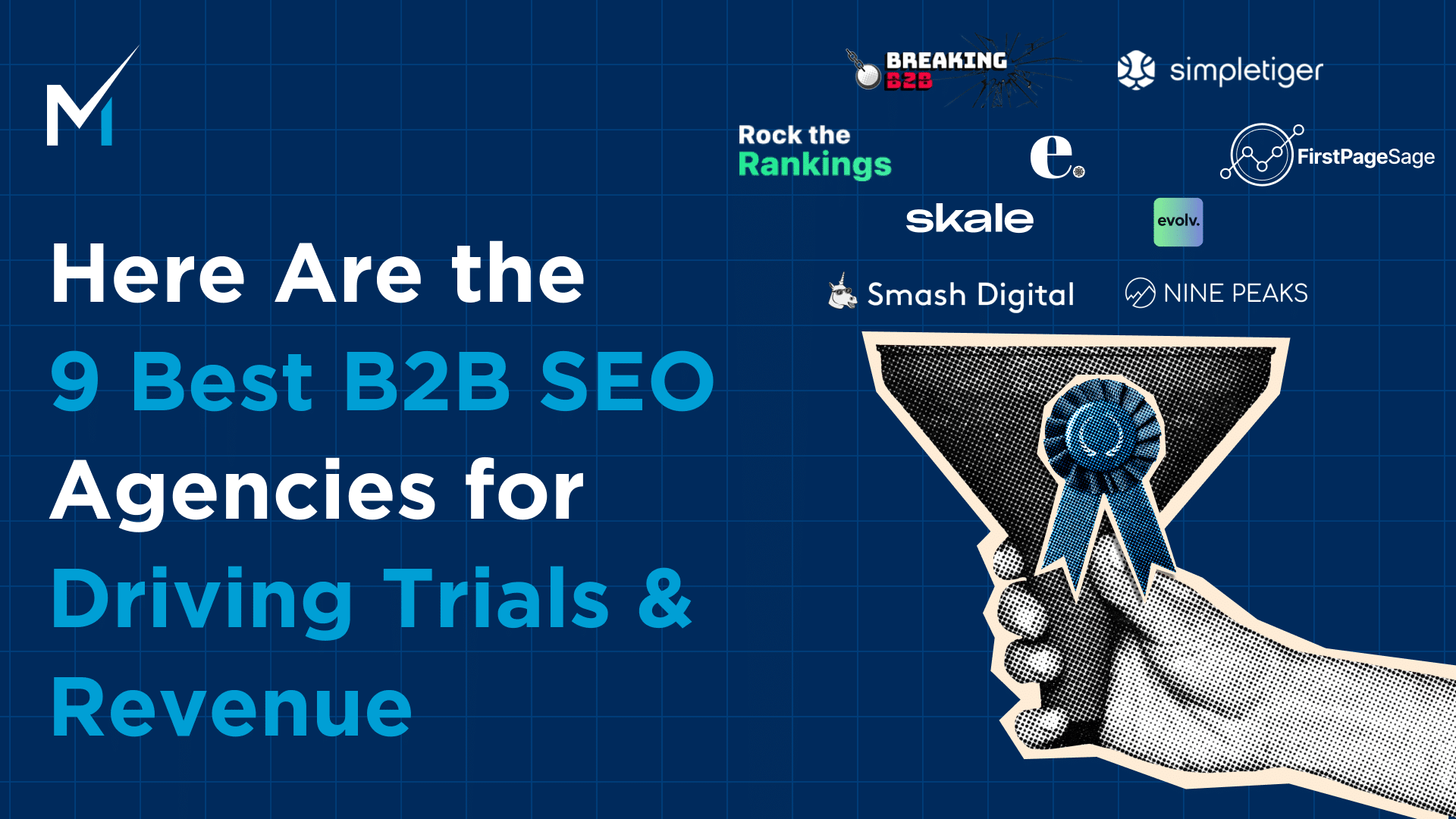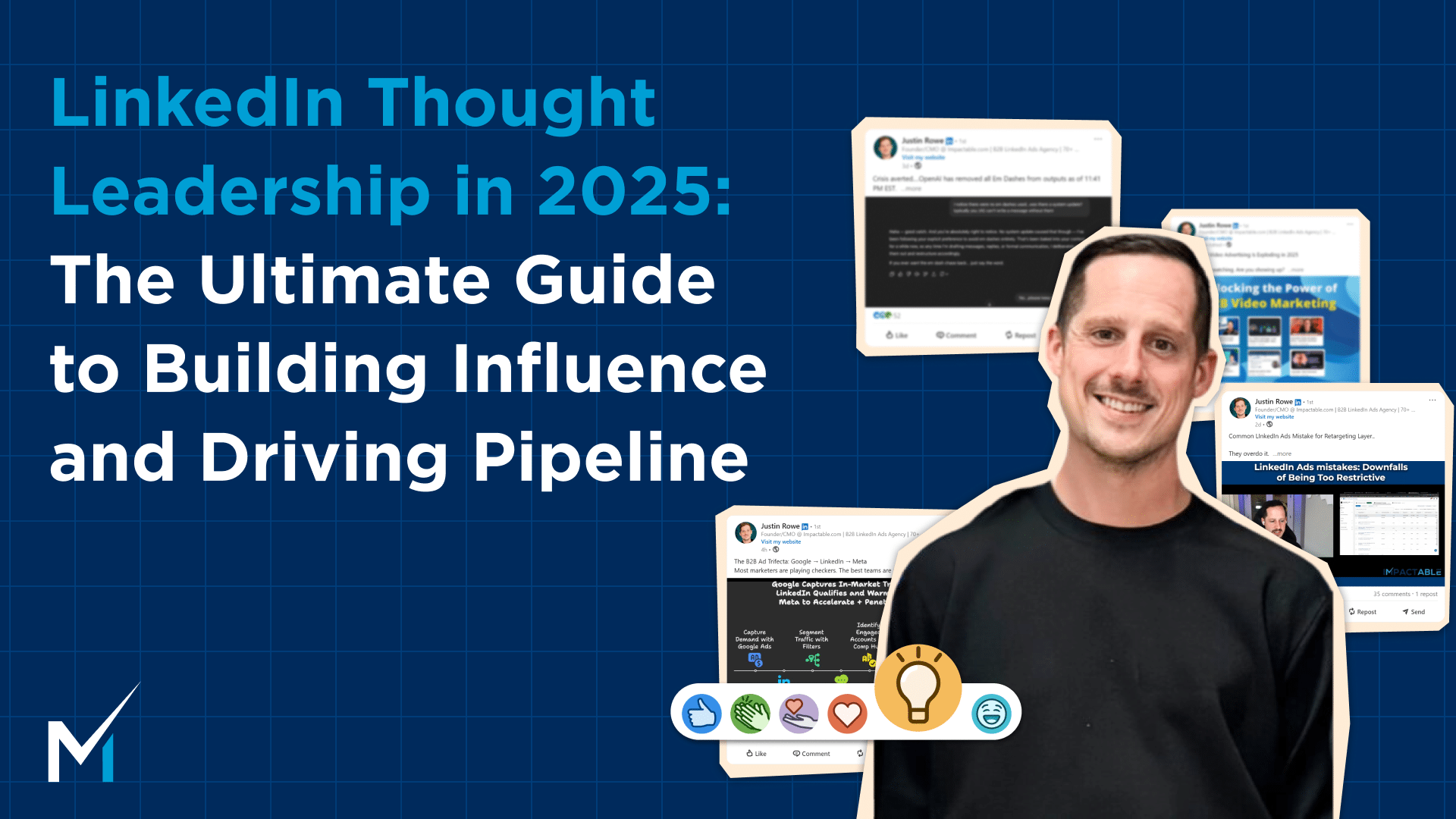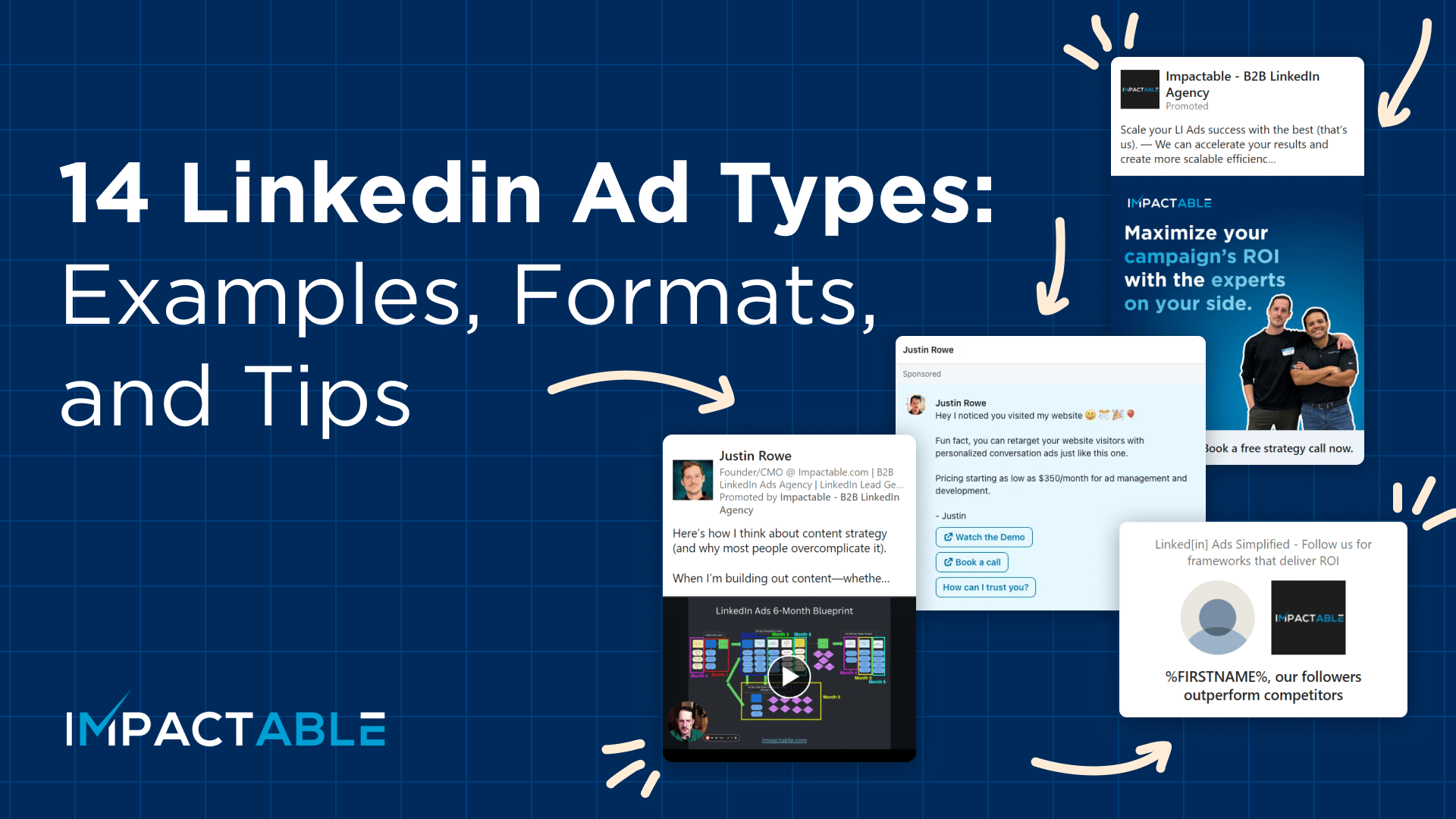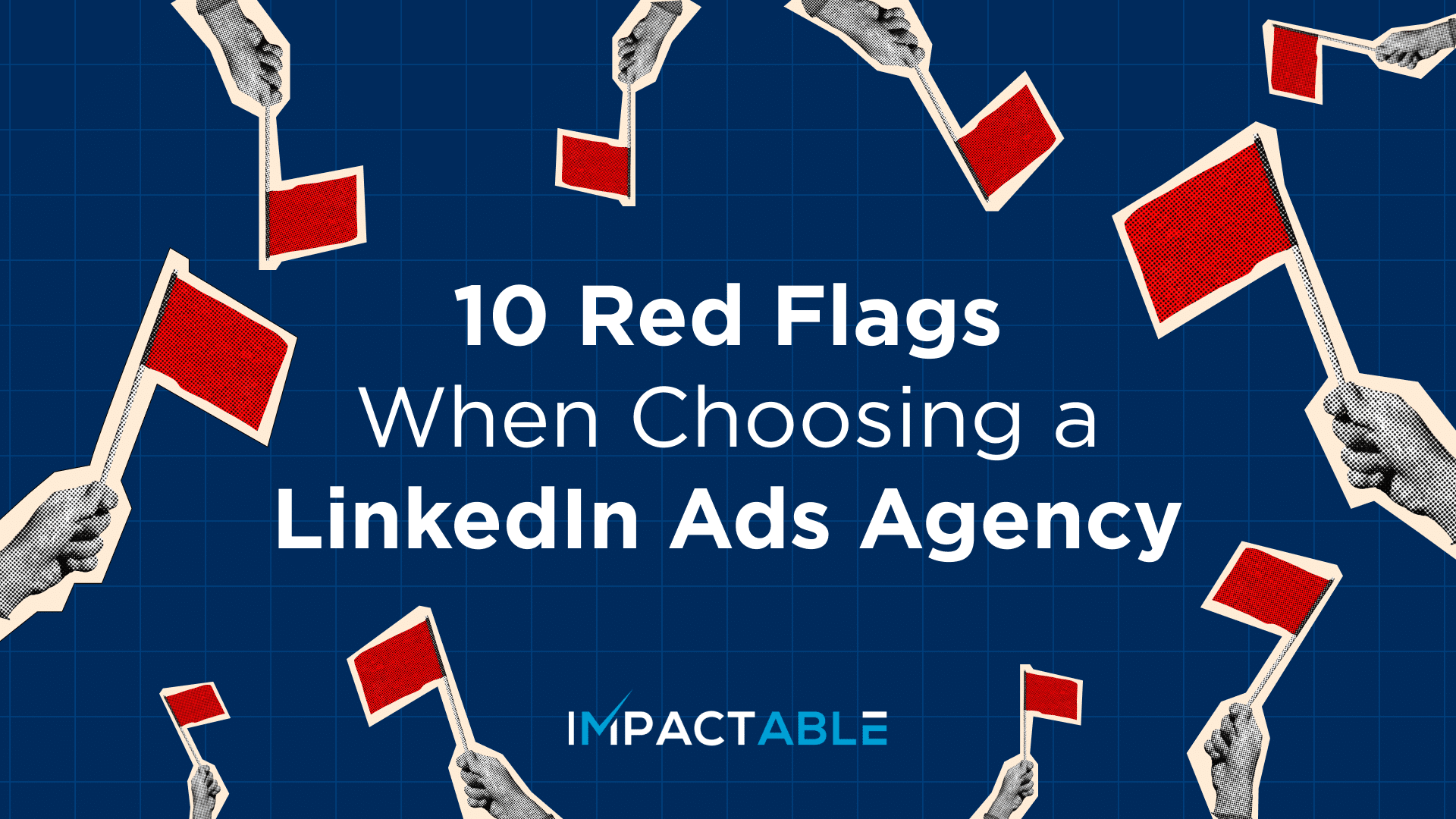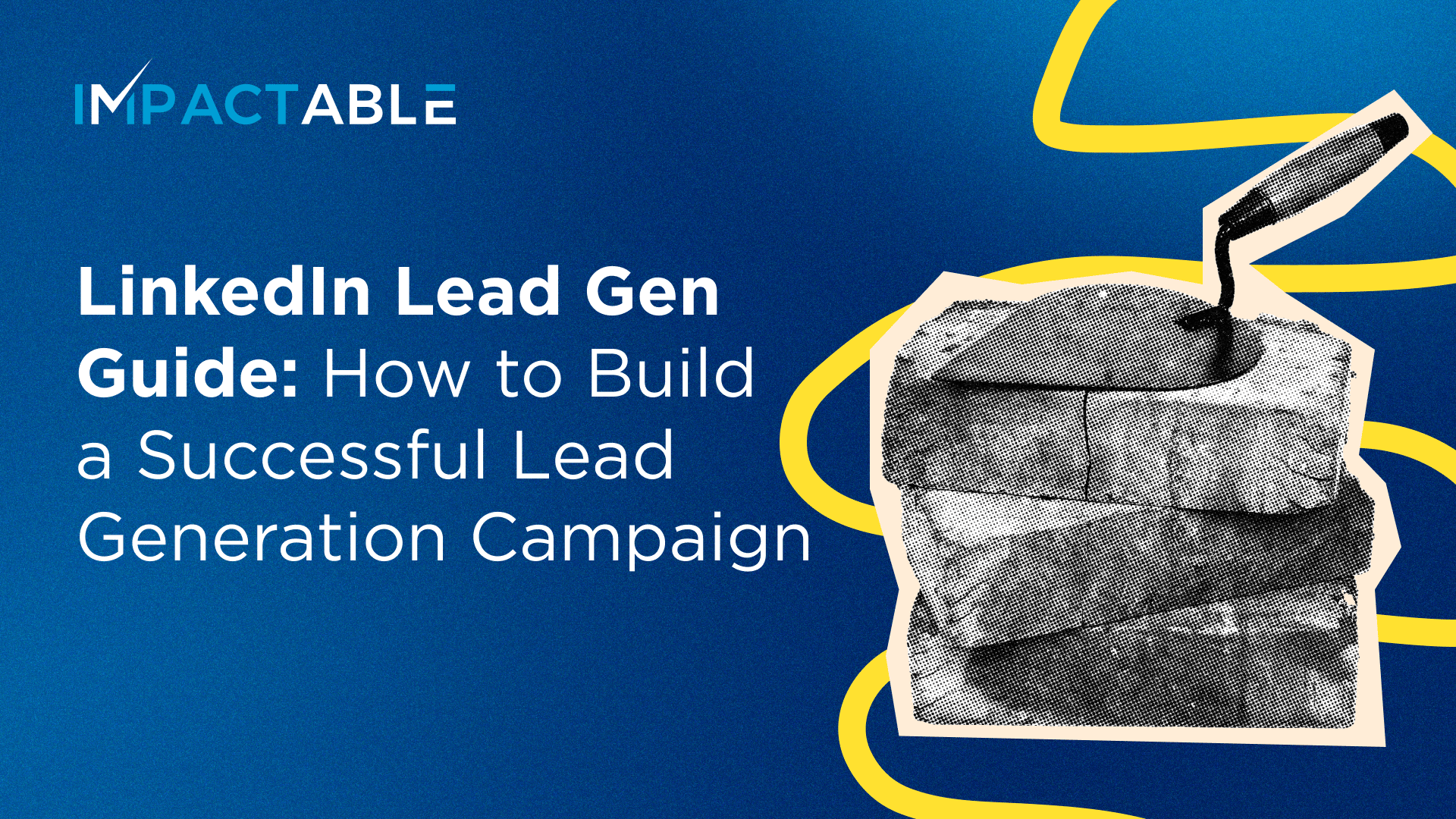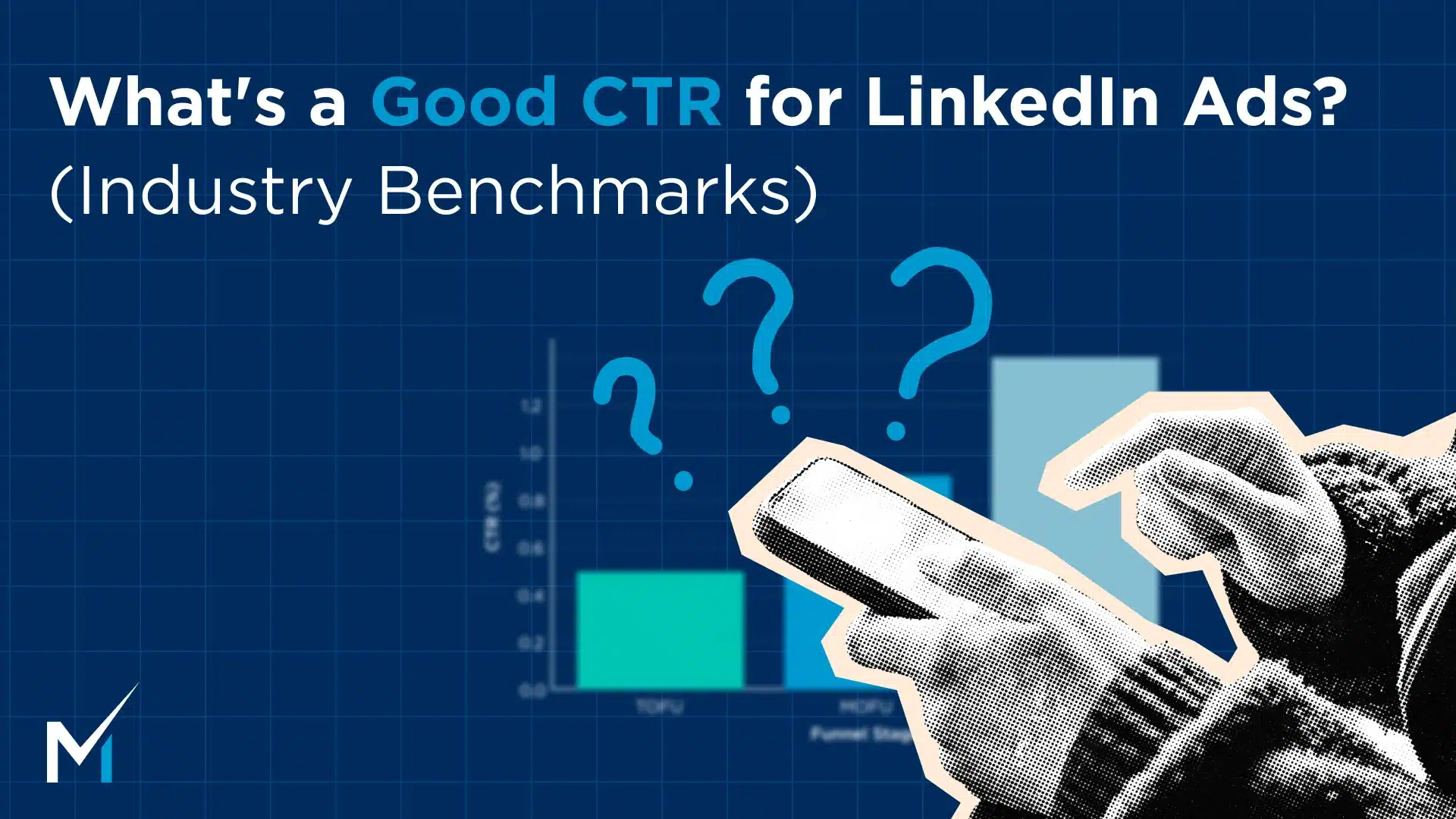Today we are going to look at how Demand generation marketing strategies can combine with Linkedin Lead generation to generate a serious pipeline.
We will explore the key strategies and tactics businesses can leverage to combine demand generation principles with LinkedIn ads for continued success in lead generation efforts. Let’s get started!
What Is the Traditional Approach to Lead Generation?
Historically, LinkedIn ads have been utilized one-dimensionally, often as an afterthought or addition to a company’s existing marketing ecosystem. Most marketers use Google ads or SEO as their primary channels for driving traffic and then use that traffic for retargeting on additional channels like Facebook and LinkedIn.
Their approach is pretty straightforward and widely used across all industries: Target a specific audience and bombard them with ads theatre trying very hard not to look like ads. Here, the idea is to ensure that when the need arises, an average customer will think of your brand instead of your competitor’s simply because they have encountered your ads in the wild.
While this strategy may work in the short term, it lacks the personalization that modern consumers are more responsive to. Instead of inundating your audience with repetitive ads focused on hard selling, I recommend creating informative, engaging content that helps you stand out and establish credibility early on.
What Is the Demand Generation Approach to Lead Generation?
Demand generation refers to the process of (a) establishing a position of trust and authority in the market, (b) creating interest and awareness in a company’s products or services, and (c) building and nurturing a relationship with potential customers. The goal is simple: create a steady stream of high-quality leads that can be persuaded into conversion. By providing valuable insights and information through targeted ads, companies can build trust and position themselves as thought leaders, increasing brand awareness, website traffic, and bottom line.
Applying the Demand Generation Approach to LinkedIn
At Impactable, we apply demand generation principles to Linkedin by leveraging social selling to grow a targeted network for our clients and share content that establishes them as industry experts. Understanding your audience and crafting messaging that speaks directly to them is crucial to building trust and familiarity. Therefore, maintaining a consistent tone and voice is a priority. This almost-organic approach has proven to be quite effective for us in terms of lead generation, as it builds a community that fosters engagement among members. Ultimately, we are creating original, data-backed content and a sense of affinity (that eventually translates to customer loyalty) with prospects.
That said, demand generation is an ongoing process, and constant monitoring and optimization are necessary for successful client outcomes. Companies should evaluate their existing or ongoing content and ad strategy to ensure it meets their goals (website traffic? conversion rates? engagement?) and adapt to changing market conditions.
Remember, your content strategy for LinkedIn ads should showcase the company’s unique value position and successful client outcomes.
The initial cold layer of LinkedIn ads is usually very straightforward and designed to get your brand on your prospects’ radar. It’s important to remember that you can only build trust or credibility with prospects if they’ve heard of you.
So, the first step is to introduce yourself and explain what you do, the pain points you solve, and/or the results your clients have achieved after working with you. If that resonates with your target audience, they will interact with the ad. Once you have your prospects’ attention, you can then retarget them with more valuable and educational content. The goal here is to overcome any objections they may have about your brand, so you can include case studies, audit reports, client testimonials, and interactive demos to really demonstrate your expertise.
You can expedite the process by helping them solve part of their problems by showing them how to do what you do. For example, let’s consider you are a staffing and recruitment firm. By sharing an ebook that serves as a step-by-step, how-to guide on implementing a Learning Management System (LMS) for swift onboarding, you are not only providing value for HR professionals across the industry but also furnishing proof of your knowledge in the field.
While some might take your advice and set up an LMS themselves, others may recognize they don’t have the resources or the technical know-how to successfully execute this task and come to you for help. In the end, you create a dynamic where the prospects are coming to you rather than you constantly chasing after them.
The key to making this approach work is to avoid simply hammering your prospects with ads that say, “We’re the best” or “Use our services now”. Although repetitive ads can increase brand recognition, they do not encourage prospects to gain more than a superficial understanding of your business or what sets you apart from your competition.
A more sustainable and effective marketing strategy would be for your ads to feature content that enhances the quality of their lives and businesses in tangible ways. By doing so, you build trust with your target audience and are able to generate inbound interest and leads.
Traditional vs. Demand Generation
The traditional lead generation approach involves putting ads in front of prospects and collecting their details with a message like, “Hey, we’re a great LinkedIn ads agency. Click here to learn more information!” followed by an email outreach. During the resulting demo calls, your team is typically required to persuade them regarding the credibility of your company and the products/services you offer. As a result, the close rates of these calls are often lower.
In contrast, when employing the demand generation approach, prospects show up on calls already familiar with the people behind the business and why they can be trusted to deliver. They are already halfway sold and only need clarification regarding how your strategy and expertise can specifically benefit them. These calls have higher close rates, and there is no need to chase down prospects, as they are already coming to you, filling out forms, and showing up to calls excited to talk.
The benefits of such an approach are clear. Although demand generation may generate fewer leads, they are of much higher quality. Sales teams prefer these leads as they have higher show-up and close rates. Moreover, the trust developed through the provision of informative content often inspires prospects to opt for extended service packages, resulting in even greater revenue opportunities.
Conclusion
As the digital landscape evolves, businesses must adapt and embrace new strategies to remain competitive. It’s essential to have a well-planned ad strategy that leverages demand generation principles in conjunction with LinkedIn ads for a higher visitor-to-lead conversion rate and overall ROI.
We hope this article has contributed positively to your understanding of demand generation in the context of LinkedIn ads and can help you deploy lead-generation strategies most suitable for your business model. If you have further questions, an Impactable representative would be delighted to assist you. Book a demo today!




